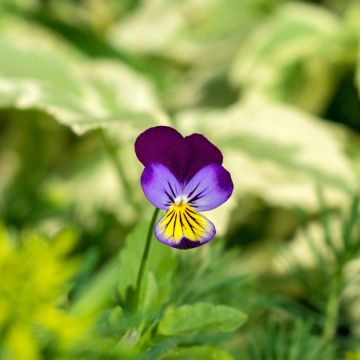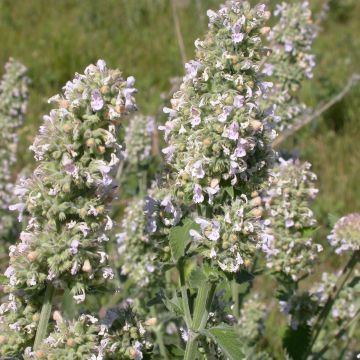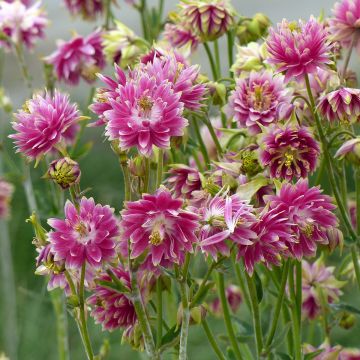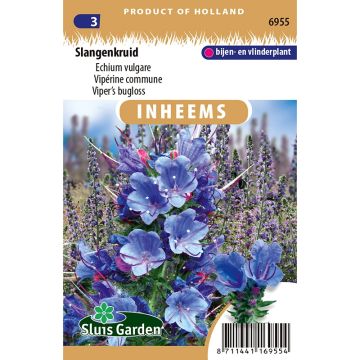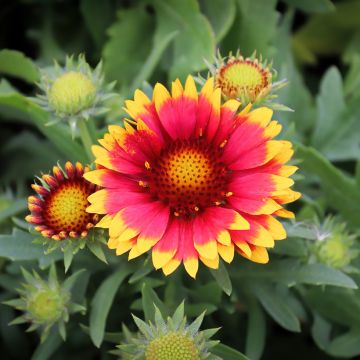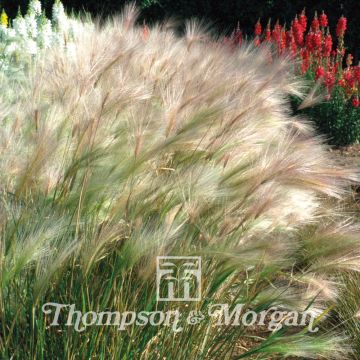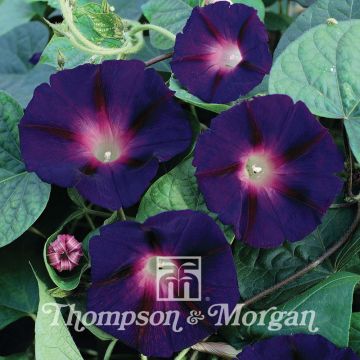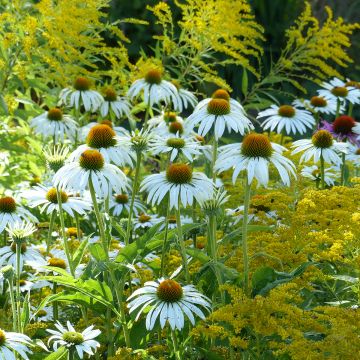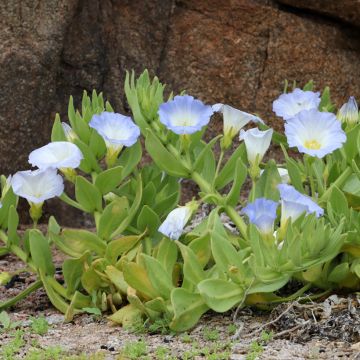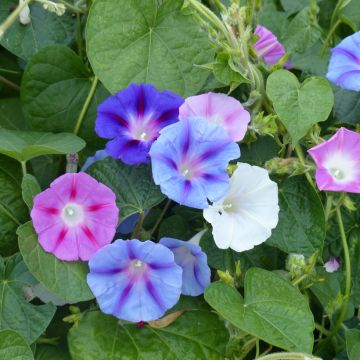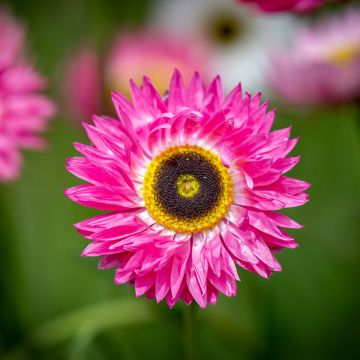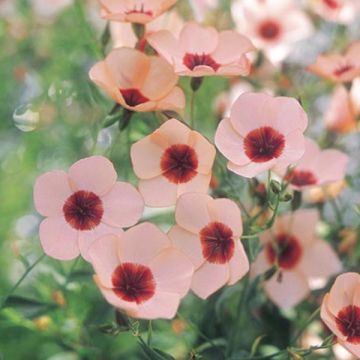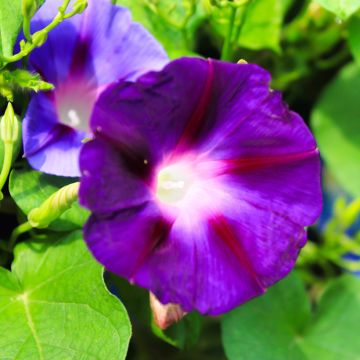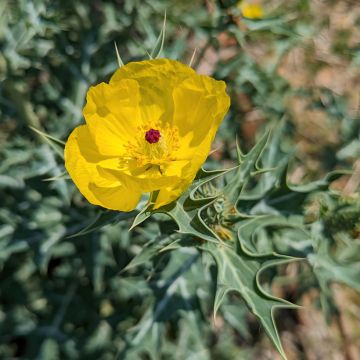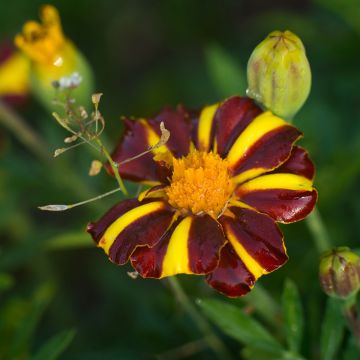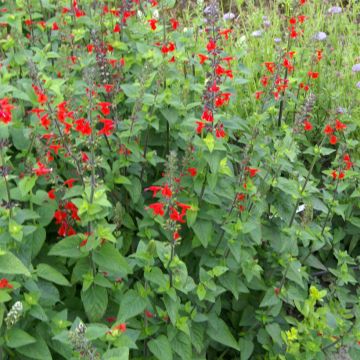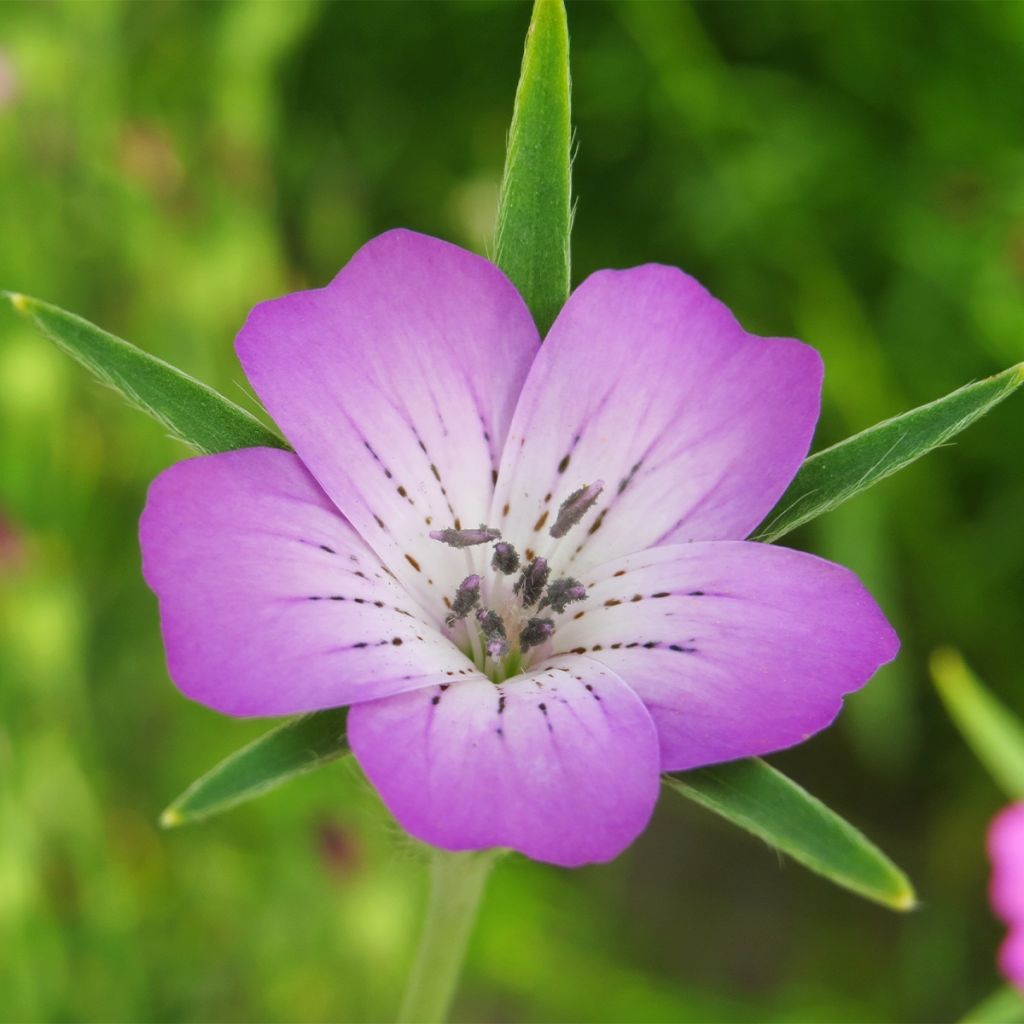

Agrostemma githago
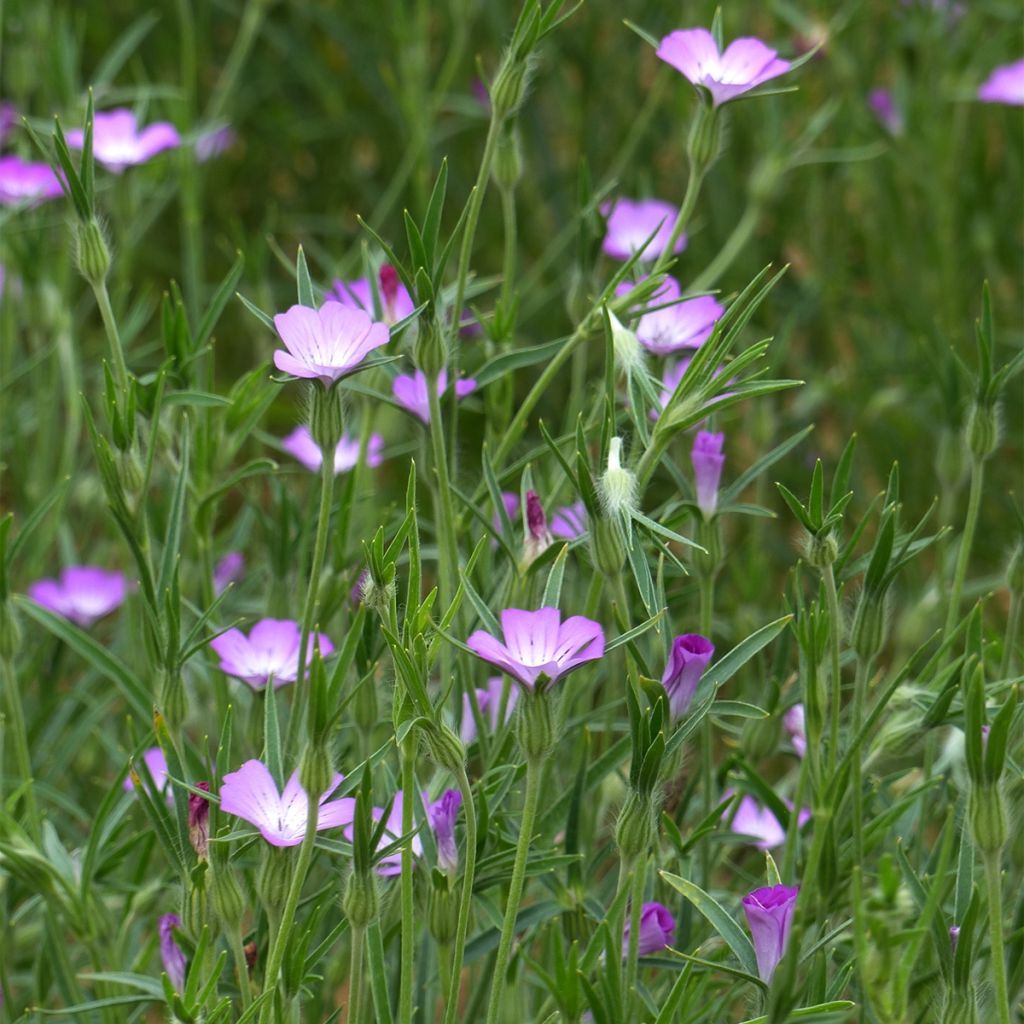

Agrostemma githago
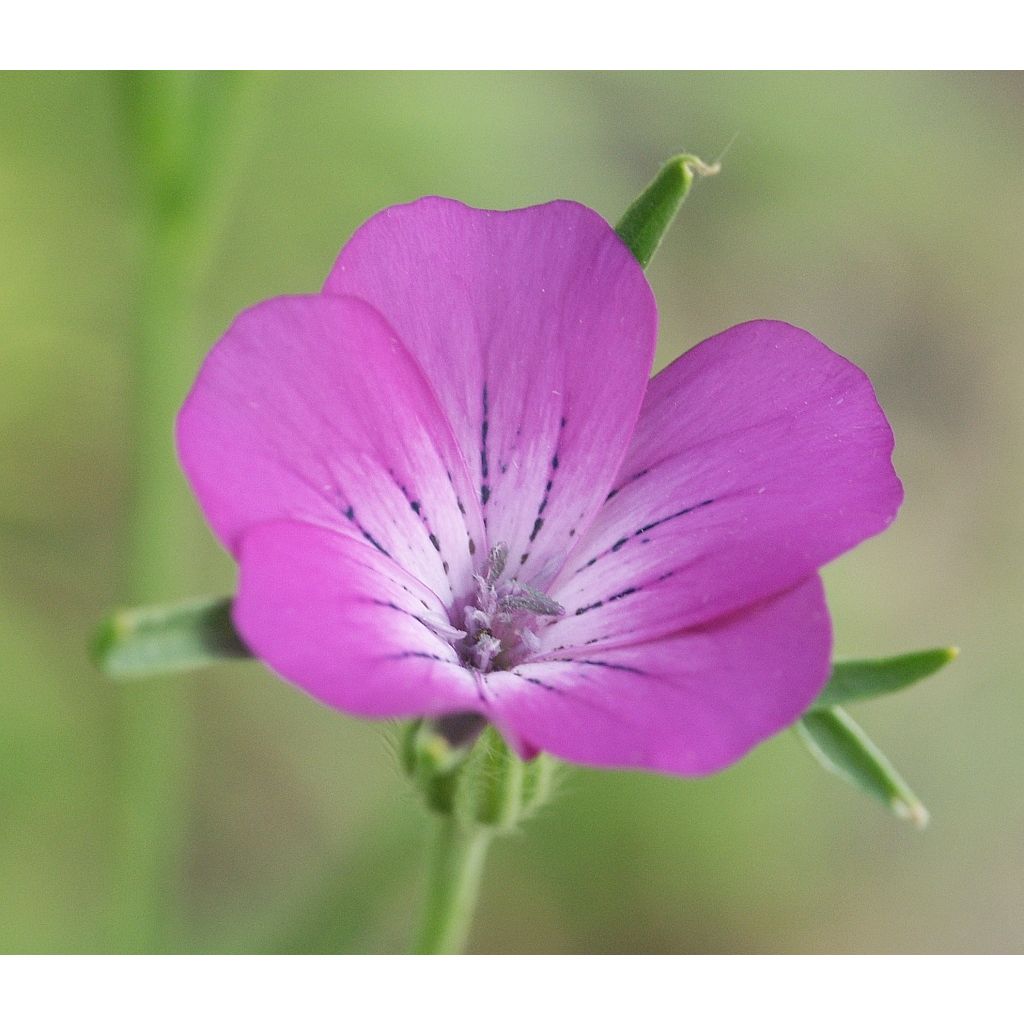

Agrostemma githago
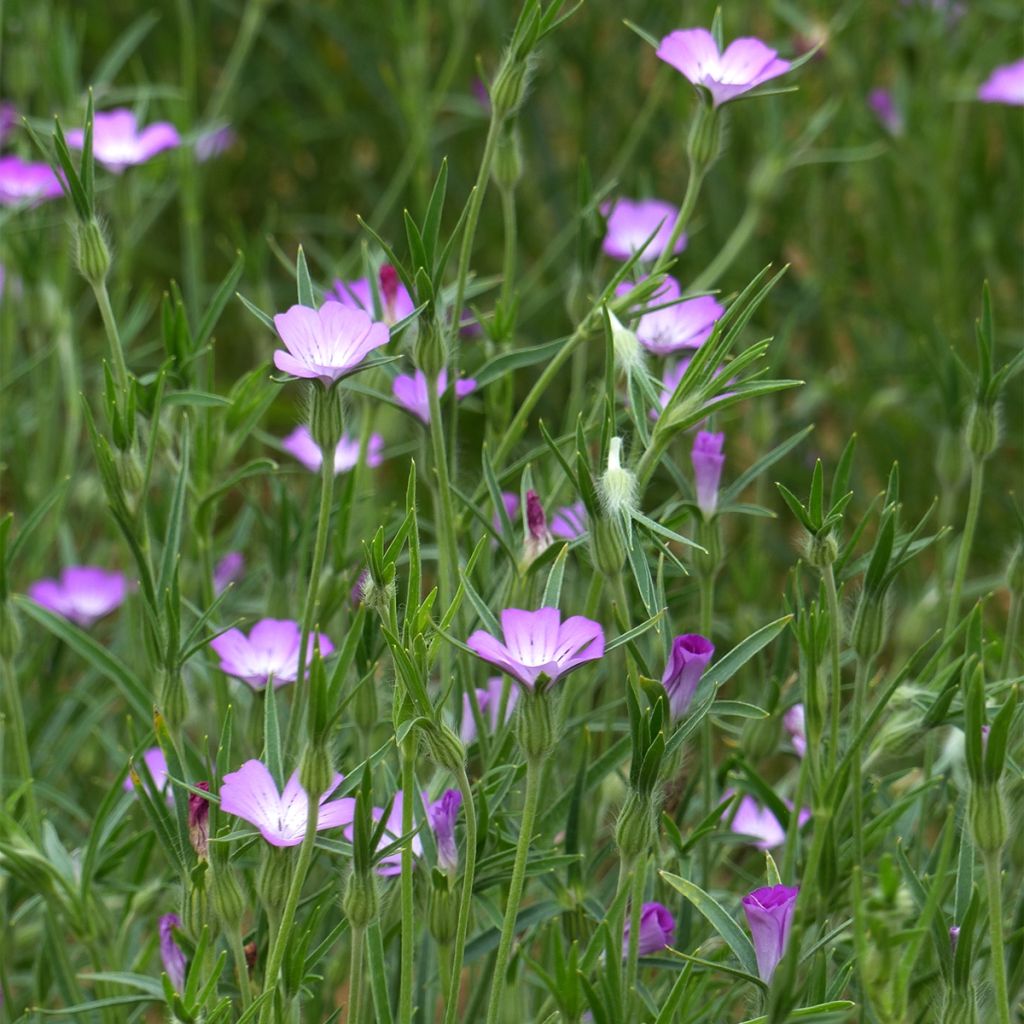

Agrostemma githago
Agrostemma githago
Agrostemma githago
This item cannot be shipped to the selected country
Dispatch by letter from €3.90
Dispatch by letter from €3.90
More information
Dispatch by letter from €3.90
Dispatch by letter from €3.90
More information
Schedule delivery date,
and select date in basket
This plant carries a 6 months recovery warranty
More information
We guarantee the quality of our plants for a full growing cycle, and will replace at our expense any plant that fails to recover under normal climatic and planting conditions.
Seed-only orders are dispatched by sealed envelope. The delivery charge for seed-only orders is €3.90.
Seed-only orders are dispatched by sealed envelope. The delivery charge for seed-only orders is €3.90.

Does this plant fit my garden?
Set up your Plantfit profile →
Description
The Agrostemma githago, called Corn Cockle, is an adorable adventive annual weed, once widespread in cereal fields, but now endangered. This plant possesses the charm of wildflowers. It offers large funnel-shaped flowers in summer, which can be white, pink, or veined with crimson, carried at the top of tall sinuate and villous stems. Very decorative in the back of countryside borders, it appreciates full sun, fertile and well-drained soil.
The corn cockle belongs to the Caryophyllaceae family. It is an annual herbaceous plant native to Europe, temperate Asia, and North Africa, which has spread to almost all continents through its seeds once mixed with wheat crops. Long considered as an invasive and dangerous weed in cereal crops, it has now become rare, and it is undoubtedly one of the most beautiful wildflowers in our regions. It quickly forms upright, sparsely branched stems, with a narrow and sinuous habit, ranging from 50 cm (19.7 in) to 1 m (3 ft 4 in) in height when flowering. Much of the plant is covered in gray and silky hairs, denser on the leaves and even more so near the flower. The leaves are linear or narrowly lanceolate in shape. Each leaf shows a well-marked midrib. Flowering occurs between June and August, followed by fruiting from July to September, depending on climatic conditions. Emerging from a hairy, swollen calyx at the base, the pedunculate flowers are arranged in cymes and are mostly purple but sometimes white or white-pink. They measure from 3 cm to 5 cm (2 in) in diameter. Regardless of the petal color, they are crossed by five dark veins, which form more or less visible and continuous longitudinal stripes. Pollination is carried out by pollinating insects. The fruit is a large ovoid, swollen, leathery capsule that contains 30 to 40 black, cacao-pod-like seeds, covered with rough protuberances, the size of a wheat grain but highly toxic.
Simple, pretty, and graceful, the Corn Cockle swaying in the slightest breeze brings the charm of the countryside to our gardens. Sow it in the back of slightly wild borders, it will be sublime and will go perfectly with ornamental grasses like Stipa tenuifolia or Mulhenbergia capillaris, catmints, Damask Nigella, Californian poppies, and purple knapweed. Also excellent in rockeries for beautiful summer decoration, its flowers can also be cut for bouquets. It is a very easy flower to grow, even in pots.
About the disappearance of this species:
Although studies have shown that wheat can increase in size by 20 to 50% when there is a symbiosis between it and corn cockle, the toxicity of its seeds, for human or animal consumption, due to the presence of saponin, has led to its elimination from our landscapes. Today, selective herbicides as well as mechanical grain sorting have gradually eliminated it from our crops. However, when used in low doses, saponins can be used in phytotherapy for their anti-hemorrhagic, expectorant, vermifuge, and diuretic properties.
Agrostemma githago in pictures
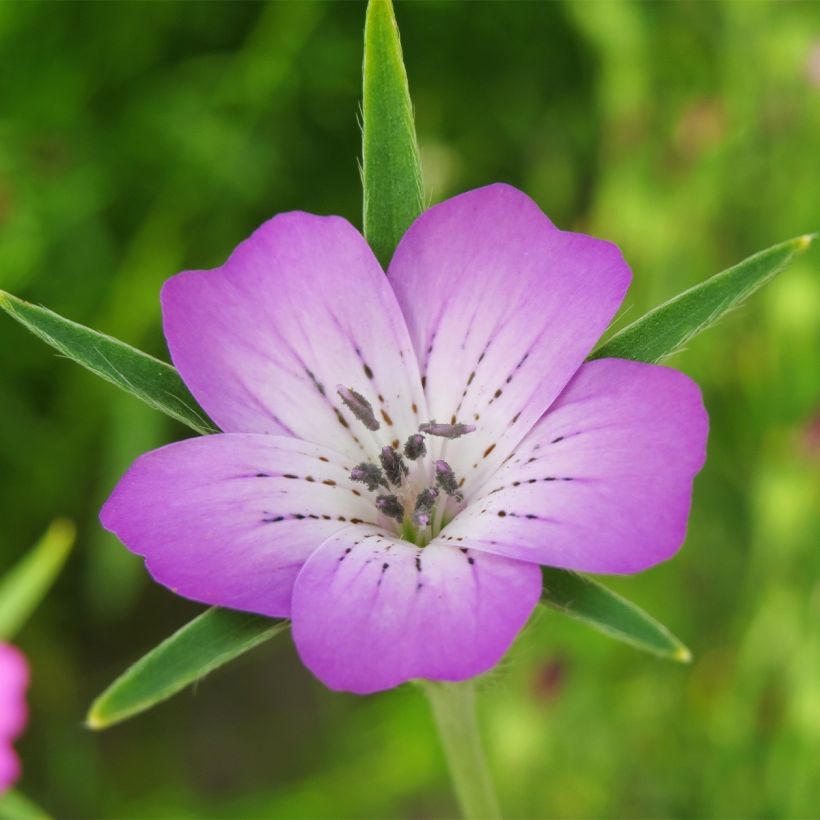

Flowering
Foliage
Plant habit
Botanical data
Agrostemma
githago
Caryophyllaceae
Mediterranean
Other Thompson and Morgan seeds
View all →Planting and care
Sowing:
Sow the wheatgrass seeds from March to May directly in open ground or in a bucket, terrine, without covering the seeds (light is beneficial for their germination). Maintain at a temperature of 18 °C.
Transplant to open ground as soon as the plants are manageable. Sowing can be done in place directly after all risk of frost has passed. Sow thinly and thin out every 20 to 25 cm (9.8 in). Sowing spacing: 25 to 30 cm (11.8 in) between plants. Recommended minimum sowing temperature: 18 °C to 20°C.
Alternatively, sowing can also be done at the end of summer, in September for flowering the following year, at 16°-21 °C.
Transplant in a bucket followed by planting in place at 30 cm (11.8 in) distance between each plant.
Cultivation:
Wheatgrass is an undemanding plant that tolerates any ordinary, rather fertile and well-drained soil. It should be sown in place, in a sunny exposure. In poor and dry soil, it will be smaller, but it will still manage to flower abundantly.
Sowing period
Intended location
-
, onOrder confirmed
Reply from on Promesse de fleurs
Similar products
Haven't found what you were looking for?
Hardiness is the lowest winter temperature a plant can endure without suffering serious damage or even dying. However, hardiness is affected by location (a sheltered area, such as a patio), protection (winter cover) and soil type (hardiness is improved by well-drained soil).

Photo Sharing Terms & Conditions
In order to encourage gardeners to interact and share their experiences, Promesse de fleurs offers various media enabling content to be uploaded onto its Site - in particular via the ‘Photo sharing’ module.
The User agrees to refrain from:
- Posting any content that is illegal, prejudicial, insulting, racist, inciteful to hatred, revisionist, contrary to public decency, that infringes on privacy or on the privacy rights of third parties, in particular the publicity rights of persons and goods, intellectual property rights, or the right to privacy.
- Submitting content on behalf of a third party;
- Impersonate the identity of a third party and/or publish any personal information about a third party;
In general, the User undertakes to refrain from any unethical behaviour.
All Content (in particular text, comments, files, images, photos, videos, creative works, etc.), which may be subject to property or intellectual property rights, image or other private rights, shall remain the property of the User, subject to the limited rights granted by the terms of the licence granted by Promesse de fleurs as stated below. Users are at liberty to publish or not to publish such Content on the Site, notably via the ‘Photo Sharing’ facility, and accept that this Content shall be made public and freely accessible, notably on the Internet.
Users further acknowledge, undertake to have ,and guarantee that they hold all necessary rights and permissions to publish such material on the Site, in particular with regard to the legislation in force pertaining to any privacy, property, intellectual property, image, or contractual rights, or rights of any other nature. By publishing such Content on the Site, Users acknowledge accepting full liability as publishers of the Content within the meaning of the law, and grant Promesse de fleurs, free of charge, an inclusive, worldwide licence for the said Content for the entire duration of its publication, including all reproduction, representation, up/downloading, displaying, performing, transmission, and storage rights.
Users also grant permission for their name to be linked to the Content and accept that this link may not always be made available.
By engaging in posting material, Users consent to their Content becoming automatically accessible on the Internet, in particular on other sites and/or blogs and/or web pages of the Promesse de fleurs site, including in particular social pages and the Promesse de fleurs catalogue.
Users may secure the removal of entrusted content free of charge by issuing a simple request via our contact form.

































